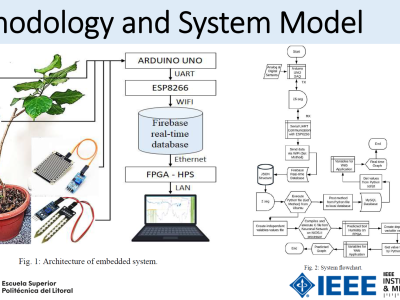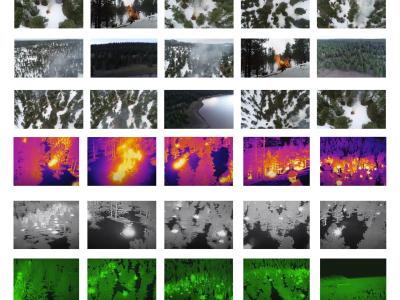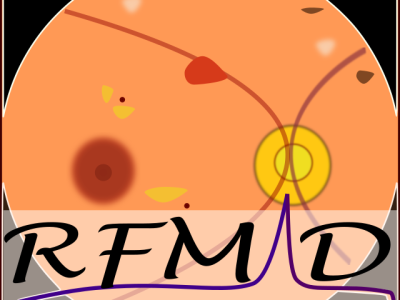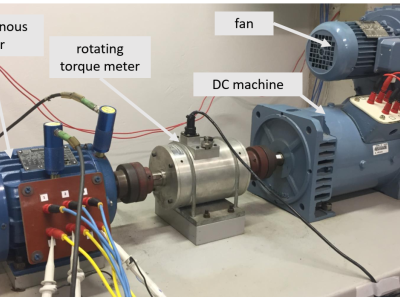RealWaste
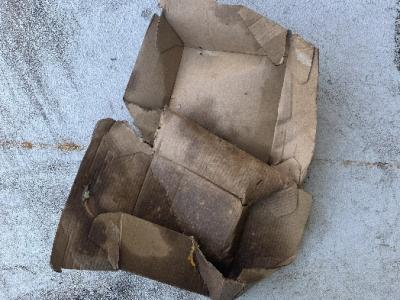
- Citation Author(s):
-
Sam Single (University of Wollongong)Saeid Iranmanesh (University of Wollongong)Raad Raad (University of Wollongong)
- Submitted by:
- Sam Single
- Last updated:
- DOI:
- 10.21227/65m5-rr72
- Research Article Link:
Abstract
The accurate classification of landfill waste diversion plays a critical role in efficient waste management practices. Traditional approaches, such as visual inspection, weighing and volume measurement, and manual sorting, have been widely used but suffer from subjectivity, scalability, and labour requirements. In contrast, machine learning approaches, particularly Convolutional Neural Networks (CNN), have emerged as powerful deep learning models for waste detection and classification. This paper analyses VGG-16, InceptionResNetV2, DenseNet121, Inception V3, and MobileNetV2 models to classify real-life waste when trained on pristine and unadulterated materials, versus samples collected at a landfill site. When training on DiversionNet, the unadulterated material dataset with labels required for landfill modelling, classification accuracy was limited to 49.69% in the real environment. Using real-world samples in the newly formed RealWaste dataset showed that practical applications for deep learning in waste classification are possible, with Inception V3 reaching 89.19% classification accuracy on the full spectrum of labels required for accurate modelling.
Instructions:
RealWaste is an image dataset assembled from waste material received at the Whyte's Gully Waste and Resource Recovery facility in Wollongong NSW Australia.
If you use our dataset in your work, please cite our original work: RealWaste: A Novel Real-Life Data Set for Landfill Waste Classification Using Deep Learning https://doi.org/10.3390/info14120633
Please note, this dataset is licenced under CC BY-NC-SA 4.0.
The dataset is composed of the following labels and image counts:
- Cardboard: 461
- Food Organics: 411
- Glass: 420
- Metal: 790
- Miscellaneous Trash: 495
- Paper: 500
- Plastic: 921
- Textile Trash: 318
- Vegetation: 436
The above labelling may be further subdivided as required, i.e., Transparent Plastic, Opaque Plastic.
 1113 views
1113 views


